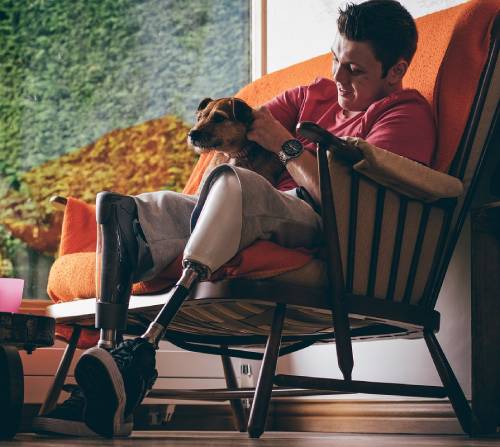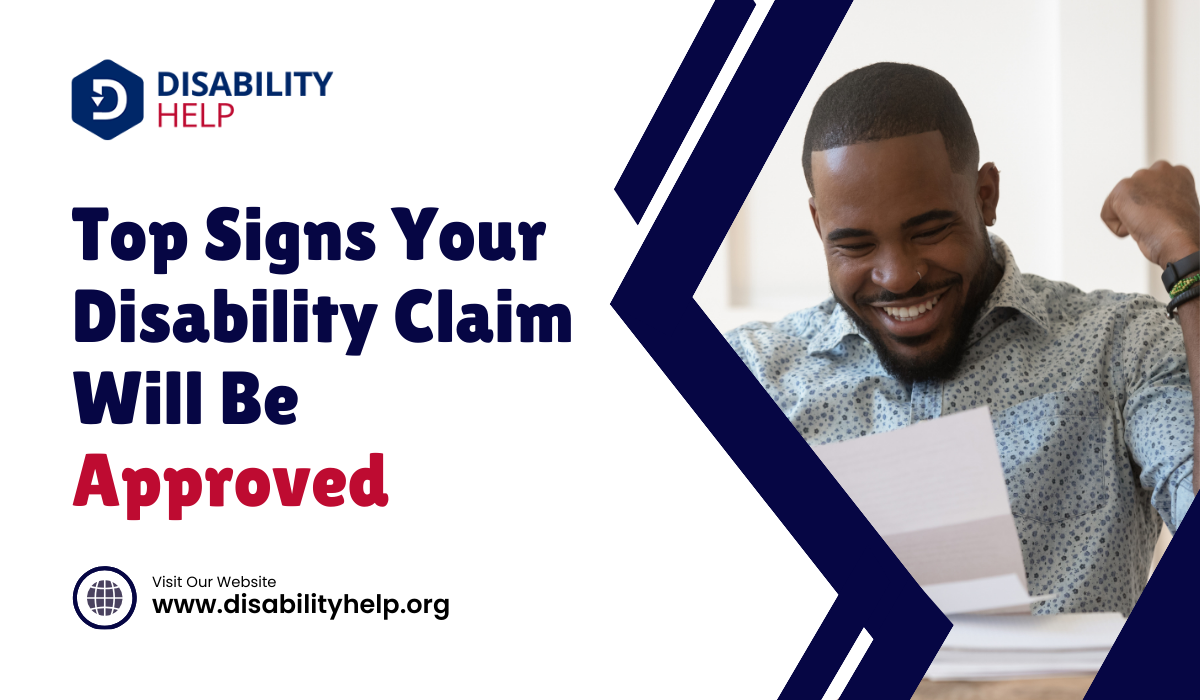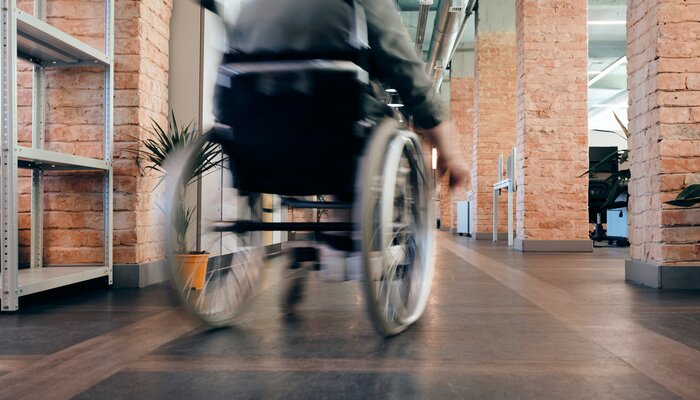Workers are sometimes injured on-site and suffer from a permanent disability, such as losing one limb, but they can still keep working on other jobs. This is called Permanent Partial Disability (PPD) and entitles you to several benefits. It's important to understand what is permanent partial disability because it can significantly impact a person's life, both financially and physically.
If a person is eligible for PPD benefits, they may receive monetary compensation and medical benefits to help cover the costs associated with their disability. Additionally, understanding PPD can help individuals make informed decisions about their future and how they will support themselves and their families.
This blog explores the definition of PPD, how it's assessed, and what benefits are available to those with PPD.
What Is Permanent Partial Disability?
PPD, or Permanent Partial Disability, is a type of injury or illness that results in a permanent loss of function in one or more body parts but does not necessarily prevent a person from working entirely.
PPD includes loss of a limb, vision or hearing lossPartial or total inability to hear sounds in one or both ears., or chronic painLong-lasting pain that persists beyond the usual recovery period or occurs along with a chronic heal... conditions such as back injuries or carpal tunnel syndromeA condition causing numbness, tingling, or weakness in the hand, due to pressure on the median nerve.... Causes can vary but can include workplace accidents, illnesses, or traumatic events such as a car crash or fall.
In some cases, PPD can result from a gradual decline in health due to repetitive motions or long-term exposure to hazardous materials. Regardless of the cause, PPD can significantly impact a person's quality of life and ability to work and support themselves and their families.
How Is Permanent Partial Disability Assessed?

PPD is usually assessed through a combination of medical examinations and impairmentA loss or abnormality of a body structure or function, whether physical, mental, or sensory, often a... ratings. The first step in the assessment process is a medical examination by a qualified healthcare provider, who will gather information about the individual's injury or illness, the extent of their disability, and the impact it has on their daily life. Based on this information, the impairment rating will assign by the healthcare provider, a numerical value representing the extent of the person's disability.
The impairment rating is typically based on the American Medical Association's (AMA) Guides to the Evaluation of Permanent Impairment, which provides a standardized method for evaluating a person's impairment. Factors considered in the impairment rating may include the severity of the injury or illness, the extent of any functional loss, and the impact on the person's ability to work and perform daily activities.
In some cases, a vocational evaluation may also be performed to assess the person's ability to return to work and what types of work they may be able to perform. The results of the medical examination, impairment rating, and vocational evaluation will be used to determine the person's eligibility for PPD benefits and the amount of compensation they may receive.
Benefits of Permanent Partial Disability
The benefits of Permanent Partial Disability (PPD) can include:
- Monetary compensation: To help cover the costs associated with a person's disability, such as medical expenses, lost wages, and rehabilitationThe process of helping individuals with disabilities achieve and maintain their optimal physical, se... costs. The amount of compensation will depend on the severity of the disability, the extent of the functional loss, and other factors.
- Medical benefits: This is access to specialized medical care, rehabilitation services, and assistive devices. These benefits can help individuals manage their disability and maintain their independence and quality of life.
- Vocational rehabilitationServices that help individuals with disabilities prepare for, obtain, and maintain employment.: This job training and placement help individuals unable to return to their previous line of work find new employment. This can help them remain self-sufficient by earning to support themselves and their families.
Overall, PPD benefits are designed to help individuals with disabilities manage their condition and maintain their quality of life. The specific benefits available will depend on the nature of the disability, the laws in the individual's jurisdiction, and other factors.
Eligibility for PPD Benefits
The eligibility for Permanent Partial Disability (PPD) benefits depends on several factors, including:
- Requirements for receiving PPD benefits: To be eligible for PPD benefits, individuals must meet certain requirements, such as being permanently disabled due to a covered injury or illness and being unable to return to their previous line of work. The specific requirements will vary depending on the laws in the individual's jurisdiction and the type of benefits they seek.
- Proof of disability: Individuals must provide proof of their disability, including medical records, doctors' reports, and other documentation, to establish their eligibility for PPD benefits. This documentation should clearly demonstrate the extent of the disability, the impact it has on the person's ability to work and perform daily activities, and the permanency of the disability.
- Time limits for filing a claim: In most cases, there is a time limit for filing a claim for PPD benefits. Individuals should be aware of the deadlines for filing a claim in their jurisdiction and take action as soon as possible to protect their rights.
It's important to keep in mind that the process of determining eligibility for PPD benefits can be complex and may require the assistance of an experienced attorney or advocate. Individuals seeking PPD benefits should be proactive in gathering all the necessary documentation and seeking the help they need to ensure the best possible outcome.
Having a disability is not the end of the world. Once you've recovered, you can look into vocations that exercise your physical, mental, and emotional states. You can also pursue PPD benefits to ensure you receive disability payments to help you live a better life after the workplace injury.
Applying for SSDI benefits is also another avenue you can explore. Check out our blog on how to get approved for disability the first time for details.






